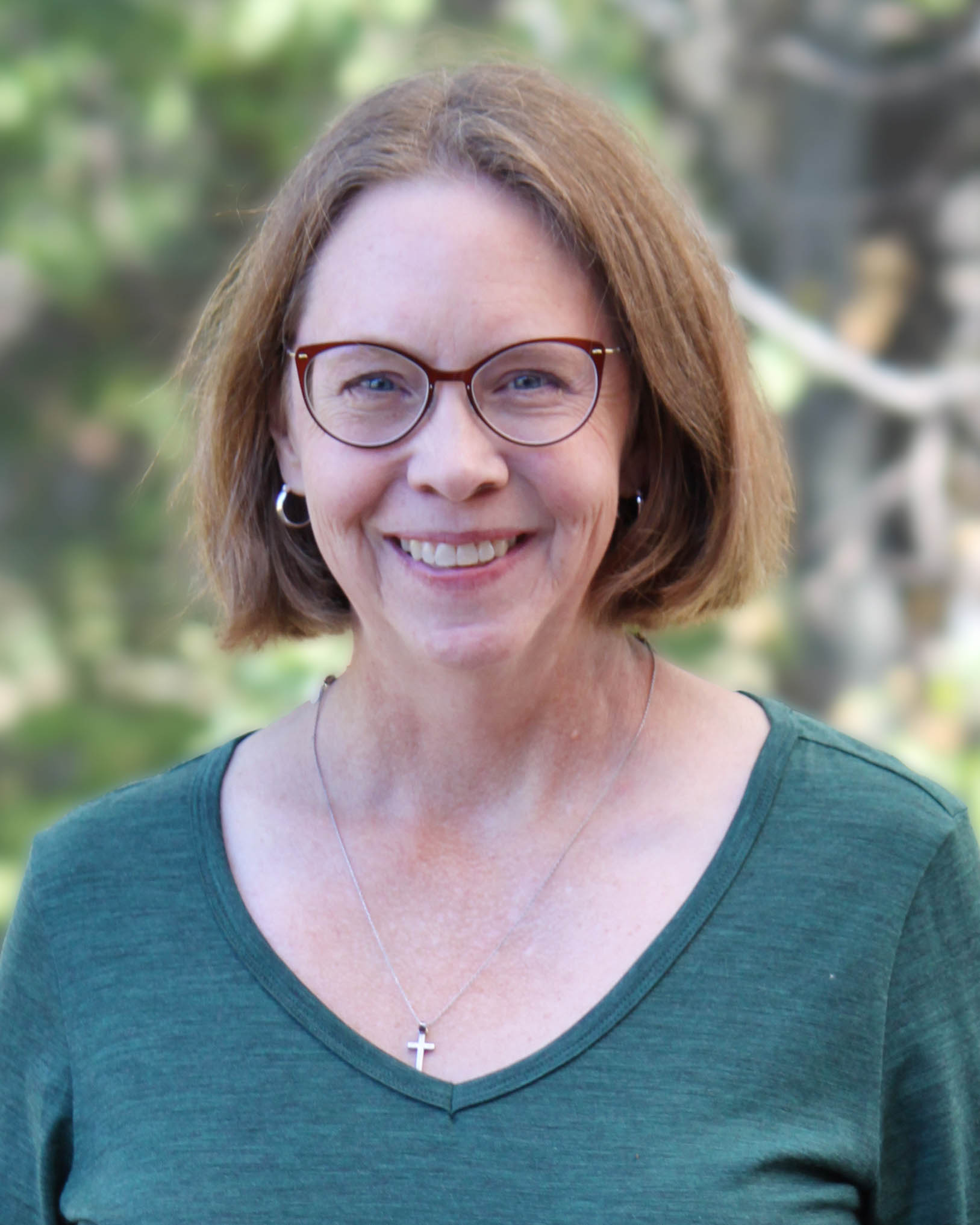
On my shelf is a much-loved and dog-eared book. Inscribed on the flyleaf is this: Merry Christmas, Jennifer, from Mommy and Daddy, 12/1971. Whenever I pull it off the shelf, happy memories flood my mind of my mother reading the short verses contained between the covers. The book I’m referring to is The Real Mother Goose, first published in 1916 by Rand McNally and Company and regularly reprinted ever since.
The book contains famous rhymes about familiar characters, including “Little Bo-Peep,” “Little Boy Blue,” “Little Miss Muffet,” and “Jack and Jill,” approximately one hundred, give or take a few. They engage children with the short, easy to memorize verses. My particular version is populated with beautiful color illustrations that captivate young children’s imaginations and bring the past to vibrant life.
A crop from my book’s cover
But who was Mother Goose? Did she really exist, and if so, when and where did she live? Beginning my research, I pulled out my tattered copy and peeked at the opening pages. Sure enough, there was a section I had never before bothered to read that had the heading “Origins of Mother Goose.”
That seemed promising, so I read through it. This is what I learned: While this collection of anonymous rhymes appears to be quite British, in fact they arrived to the Isles from across the English Channel in France. Charles Perrault, the same Perrault who penned “Cinderella” and “Sleeping Beauty,” wrote a collection of children’s verses that translates in English to “Tales of Mother Goose” (Real Mother Goose).
As for Mother Goose herself, there is no certainty that she existed. It seems more likely that the name evolved to its present form over hundreds of years, originating perhaps from Bertrada II of Laon, Charlemagne’s mother. She was known as a patroness of children and held the moniker “Goose-foot Bertha” because her foot was deformed (Schumm). Somehow the name trickled down to Perrault, who then penned verses for his own children’s entertainment. It is doubtful that we will ever know for sure.
Why have these collected rhymes continued to enchant twenty-first-century children? My twentieth-century book makes this claim:
The compelling music of these jingles is so ear-catching, children … will listen to them entranced when they are read aloud. Then they begin to say them with the reader, and next, they are chanting them when they are alone, never missing a beat or a rhyme. (Real Mother Goose)
Andrew Pudewa shares more about how the power of nursery rhymes and simple poems captivate young children in his presentation “Cultivating Language Arts: Preschool through High School.” In the talk he describes how to incorporate the four language arts, beginning in the preschool years and continuing through high school and beyond. You can access the slides for it here.
If you have young children that you work with, take plenty of opportunities to share these great rhymes with them. Together, you will enjoy encountering “Goosey, Goosey, Gander,” “Old Mother Hubbard,” and “Rock-a-Bye, Baby.” Nostalgia for you and novelty for your young ones equal fun for all!
Works Cited
The Real Mother Goose. 54th printing, Rand McNally, 1944.
Schumm, Laura. “Was There a Real Mother Goose?” History.com, A&E Television Networks, 22
Aug. 2018, https://www.history.com/news/was-there-a-real-mother-goose.
|
Jennifer Mauser has always loved reading and writing and received a B.A. in English from the University of Kansas in 1991. Once she and her husband had children, they decided to homeschool, and she put all her training to use in the home. In addition to homeschooling her children, Jennifer teaches IEW classes out of her home, coaches budding writers via email, and tutors students who struggle with dyslexia. |

